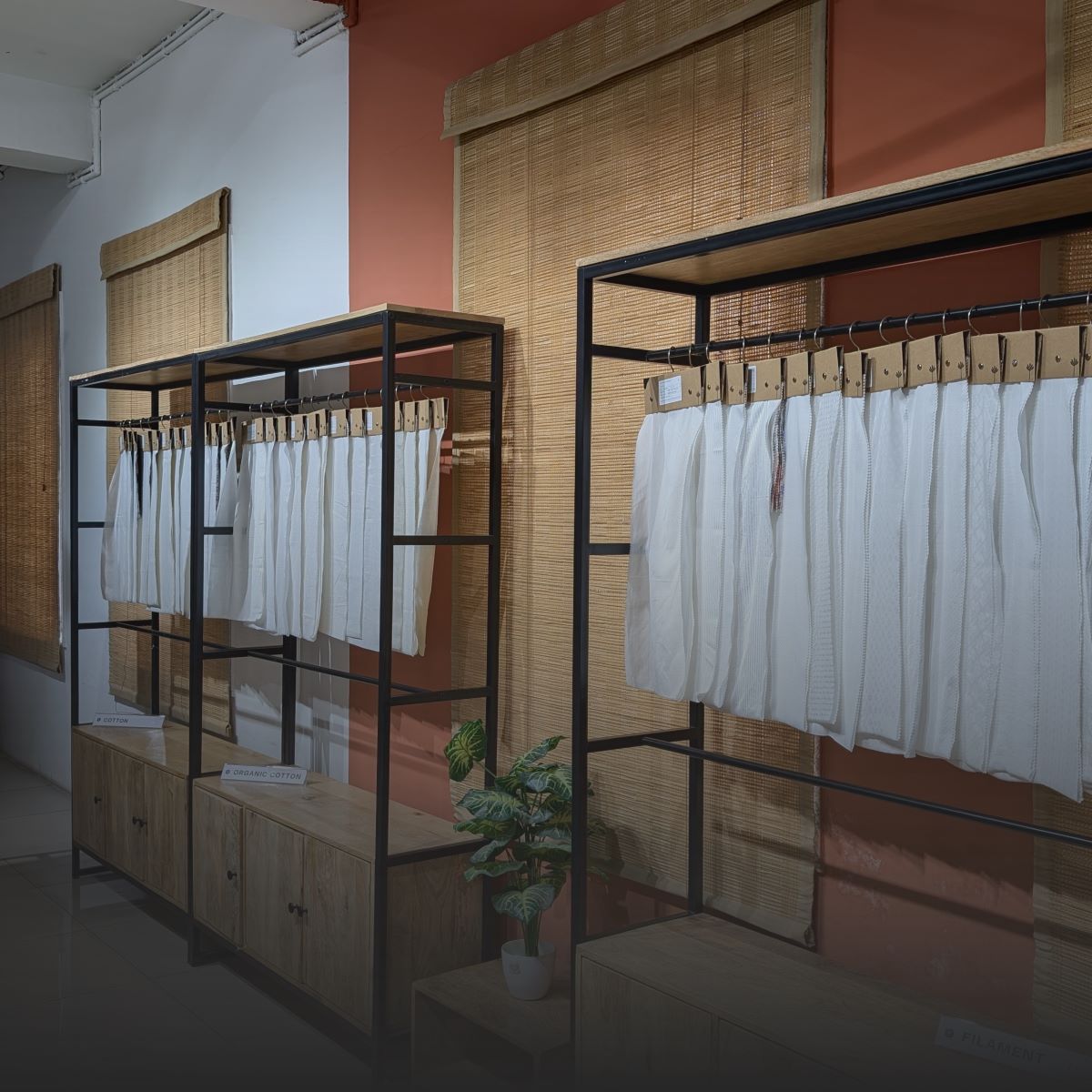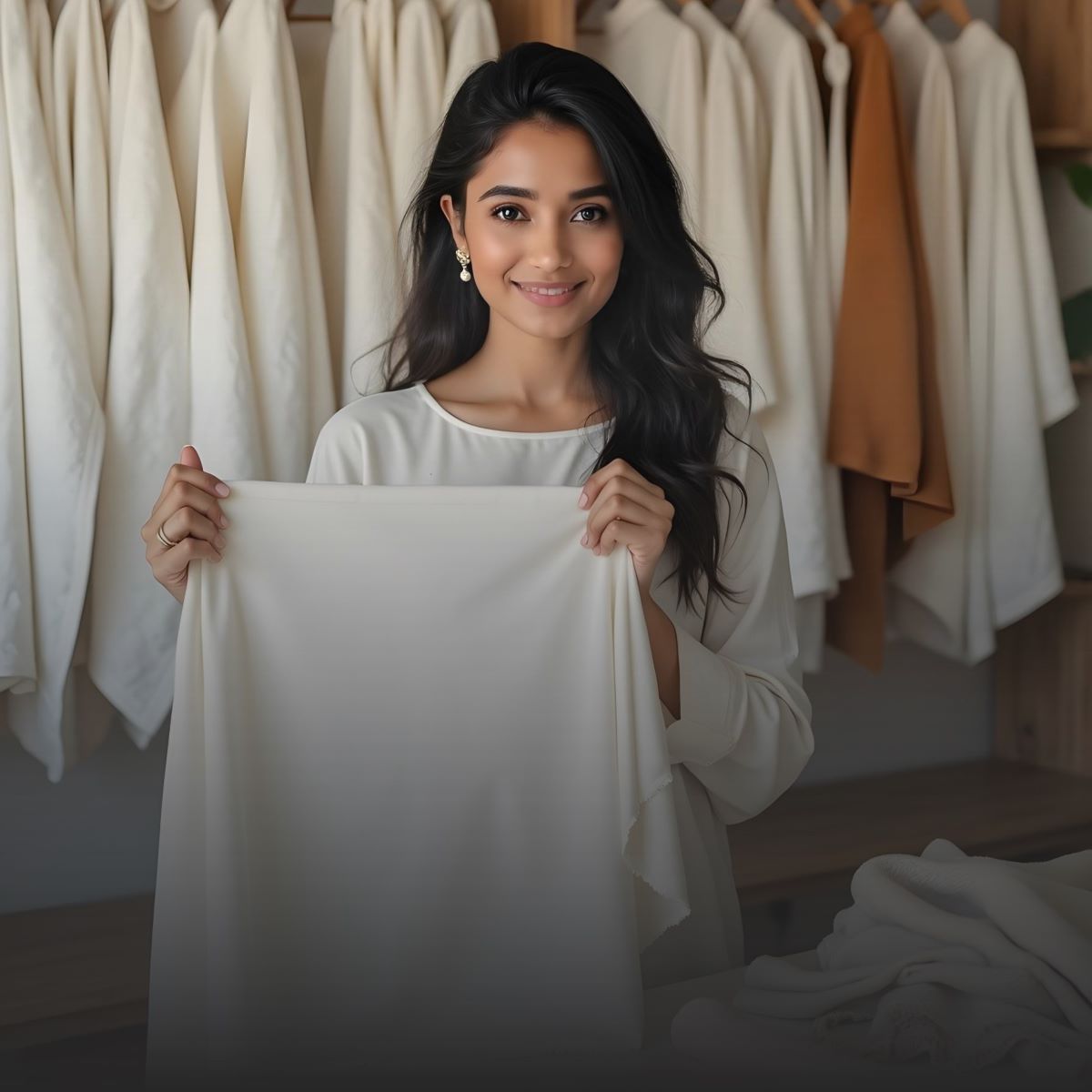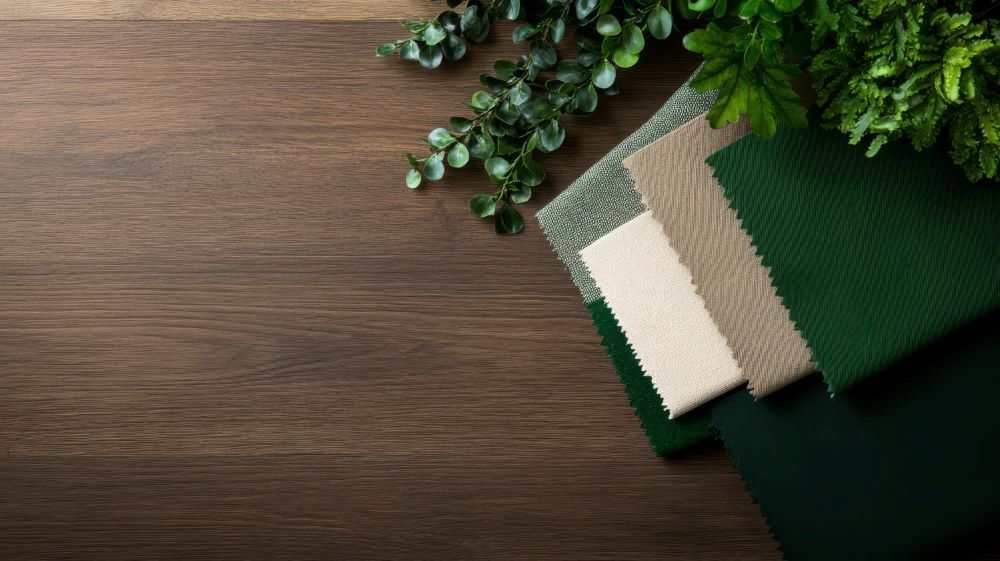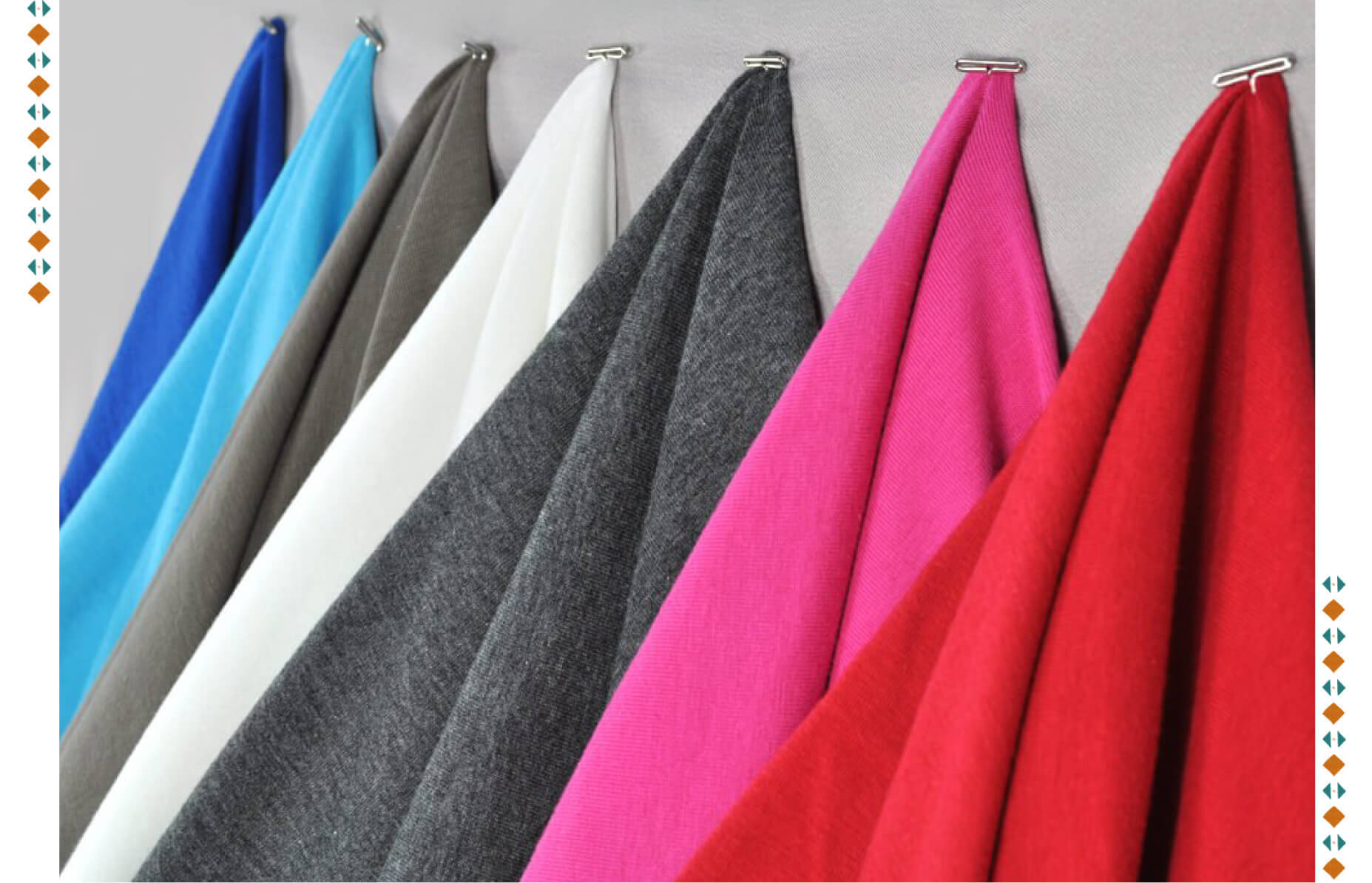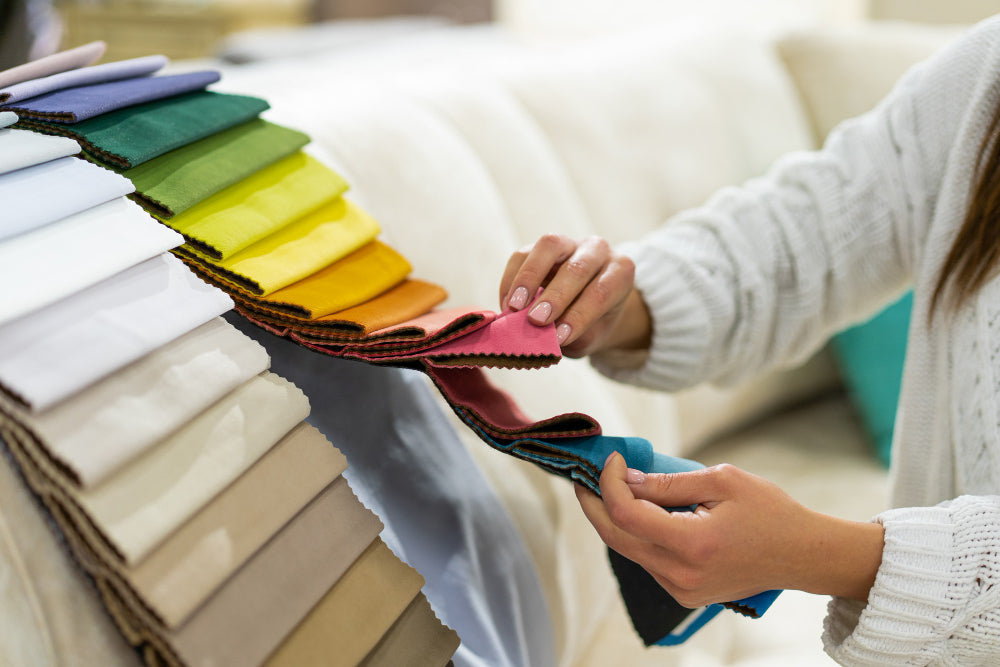Finding truly sustainable fabric can be a challenge. Many fabrics claim to be eco-friendly but lack real proof. Knowing where to source certified sustainable fabrics helps you make responsible choices. This guide will walk you through the best places to find genuine sustainable fabrics and how to verify certifications.
Fabriclore stands out as a trusted supplier. They offer fabrics with GOTS, FSC and BCI certifications upon request at an extra cost. Fabriclore also provides transferable tags for a variety of cellulosic fabrics. These tags can be used by your brand for marketing and promotion, helping you communicate your commitment to sustainability.
Why Certified Sustainable Fabrics Matter

Certified fabrics guarantee strict environmental and social standards. These certifications confirm that the fabric is grown, processed and manufactured responsibly. Without certification, sustainability claims may be misleading or false.
Certified fabrics reduce the use of harmful chemicals and lower water consumption. They also ensure safer working conditions and fair treatment for workers. When you choose certified fabric, you support ethical practices and protect the environment. This adds value to your brand and builds trust with your customers.
Key Certifications to Recognize
-
GOTS (Global Organic Textile Standard): Covers organic fiber production and environmentally safe processing.
-
OEKO-TEX: Tests fabrics to ensure they are free of harmful chemicals.
-
FSC (Forest Stewardship Council): Certifies sustainable forest management for wood-based fibers like Tencel.
-
GRS (Global Recycled Standard): Verifies recycled content and responsible production.
- BCI (Better Cotton Initiative): Promotes better farming for cotton without full organic certification.
Each label confirms a specific sustainability aspect. Choose certifications that match your project needs.
Top Certified Sustainable Fabrics to Choose

Here are popular sustainable fabrics with recognized certifications:
-
Organic Cotton: Grown without pesticides or synthetic fertilizers. Look for GOTS or OEKO-TEX certified cotton.
-
Linen (Flax): Requires minimal water and chemicals. Often comes with FSC certification.
-
Hemp: Fast-growing, needs few inputs and is durable. GOTS and OEKO-TEX certified hemp is best.
-
Tencel (Lyocell): Made from sustainably harvested wood. FSC and OEKO-TEX ensure eco-friendly processing.
-
Recycled Polyester: Made from post-consumer plastic waste. GRS certification confirms recycled content.
- Bamboo: Sustainable when mechanically processed. OEKO-TEX certifies chemical safety.
These fabrics offer eco-friendly options without sacrificing quality.
How to Verify Fabric Certifications Before Buying

Not all “green” claims hold up. Check certificates carefully:
1. Request the certificate copy
Ask for a digital or scanned copy. It should show the certifying body, date and fabric details.
2. Check the certifying body
Confirms the certificate comes from recognized organizations like GOTS, OEKO-TEX, FSC or GRS.
3. Match batch or lot numbers
The certificate should match the fabric batch you want to buy. Check fiber type, source and quantity.
4. Use official verification tools
Many certifiers have online databases to confirm license numbers and suppliers:
- GOTS: global-standard.org
- OEKO-TEX: oeko-tex.com
- GRS/FSC: respective official sites
5. Confirm certificate validity
Certificates must be current. Expired ones do not count.
6. Request branded tags if needed
For resale or marketing, ask for tags. Fabriclore offers transferable tags for certified cellulosic fabrics to help your brand stand out.
Reliable Sources for Certified Sustainable Fabrics

Finding genuine certified fabrics is key. Here are trusted places to look:
Specialized Wholesale Suppliers
Work with suppliers who focus on certified sustainable fabrics. Fabriclore is a reliable choice. We offer GOTS, FSC and BCI certificates on request at an additional cost. We also provide transferable tags for a variety of certified cellulosic fabrics. These can help support your brand’s marketing and sustainability claims.
Certified Fabric Mills
Buying directly from mills with certifications ensures authenticity and can lower costs.
Eco-Friendly Marketplaces
Platforms dedicated to sustainable textiles make it easier to find verified fabric options.
Trade Shows and Textile Expos
Sustainable fabric events allow direct supplier interaction and product inspection.
Industry Associations and Networks
Groups working on sustainable textiles often list certified suppliers and brands.
Always verify certificates no matter where you buy them.
Why You Should Choose Certified Sustainable Fabrics

Choosing certified fabrics benefits your business and the planet:
Protects the environment
Certified fabrics use less water and fewer chemicals. They reduce pollution and protect ecosystems.
Ensures safety
Certifications mean the fabric is free from harmful substances. This protects your workers and customers.
Supports fair labor
Many certifications require fair wages and safe working conditions.
Builds brand credibility
Certified fabrics prove your commitment to sustainability. Customers value transparency and ethics.
Offers quality assurance
Certified fabrics usually meet higher quality and durability standards.
Fabriclore supports your sustainability goals with certified fabrics, certificates on request and marketing tools like transferable tags.
Conclusion
Choosing certified sustainable fabrics helps the environment and builds trust in your brand. Always check the certificates and buy from reliable sources. Fabriclore offers certified fabrics with documents and tags you can use for your brand. When you choose the right materials, you support better fashion and a cleaner planet.
FAQs
How do you sustainably source fabric?
Sustainably sourcing fabric means choosing materials that reduce harm to the environment and support fair labor. Start by selecting fabrics with recognized certifications like GOTS, FSC or OEKO-TEX. These certifications ensure responsible farming, chemical use and manufacturing. Work with suppliers who provide full transparency and proof of certification. Always verify certificates and check for valid batch details. Prefer suppliers who offer recyclable or biodegradable fabrics. Finally, consider the entire supply chain to minimize waste and carbon footprint.
What are examples of sustainable fabrics?
Sustainable fabrics come from natural, renewable or recycled sources. Common examples include:
- Organic cotton, grown without harmful chemicals
- Linen, made from flax with low water needs
- Hemp, a fast-growing, durable plant fiber
- Tencel or lyocell, made from sustainably harvested wood
- Recycled polyester, made from plastic waste
- Bamboo, mechanically processed without toxic chemicals
Each fabric has its own benefits but look for trusted certifications to ensure they meet sustainable standards.
How do you source sustainable materials?
To source sustainable materials, start by researching certified suppliers and mills. Ask for proof of certifications like GOTS, FSC or OEKO-TEX. Evaluate the supplier’s environmental and labor practices. Choose materials with lower water use, fewer chemicals and good recyclability. Build relationships with suppliers who prioritize transparency and sustainability. Finally, verify certifications regularly and request branded tags or documentation to support your product claims.
